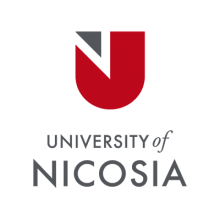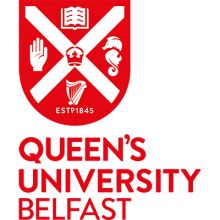About University of Atacama
The University of Atacama is the sole public university in what may be the world’s driest inhabited district – the town of Copiapo which has on average roughly three rainy days and less than an inch of rain each year. The university has its roots in the main reason such an inhospitable region was settled at all - mining.
The Escuela de Minas de Copiapo, intended to bring the technical rigour of the French Grandes Ecoles to Chilean mining education, albeit mostly with German teachers and was founded in 1857. It was incorporated in 1952 into the national Technical University, whose breaking-up in 1981 led to the establishment of the University of Atacama.
A number of streets on the main campus in Copiapo are named for students killed in demonstrations against Chile’s military dictatorship in 1984. There are also offices in Vallenar, Caldera and Santiago.
The university reflects this in its motto "tradition and Futures", the work of its eight faculties seeking both to serve the mining industry through the International Benjamin Teplitsky Mining Centre and law courses offering strong components on mining law and issues such as water and environment and to find means of diversifying.
The university's biologists in Antarctica have studied fungi and other organisms capable of surviving in comparably extreme conditions elsewhere, while a partnership with a private provider enables students to work on the solar power projects aiming to capitalise on Copiapo’s 2,932 annual hours of sunshine, more than eight per day.The university’s fish hatchery has produced the district’s first crop of corvina, a food fish prized in South America.






